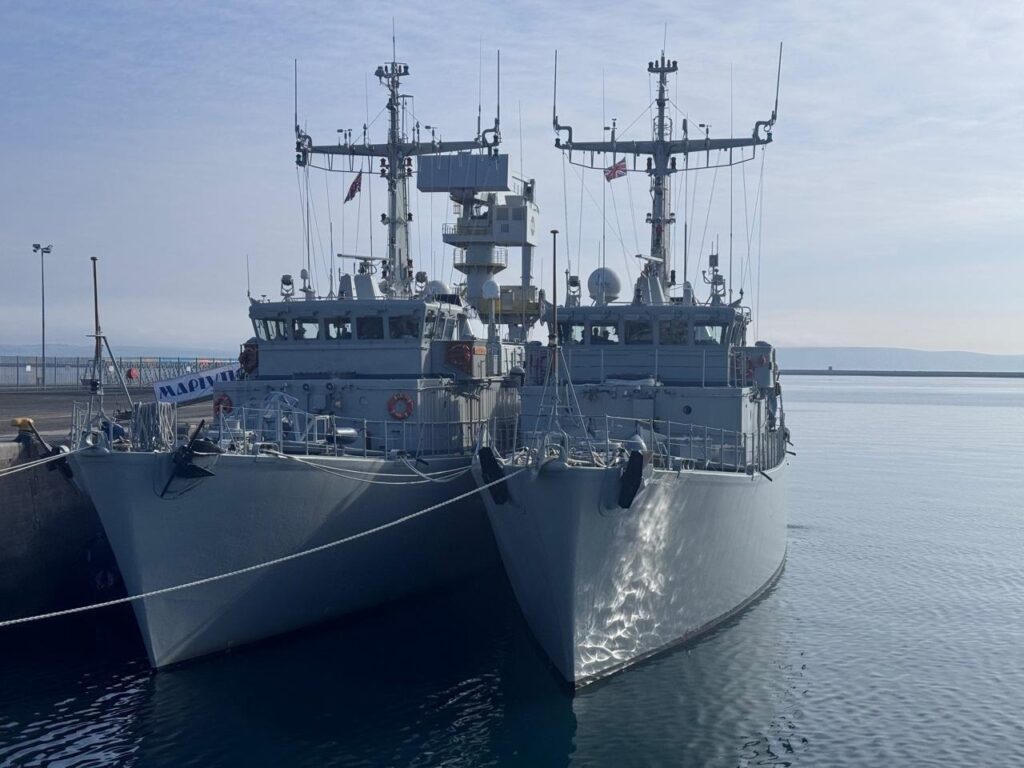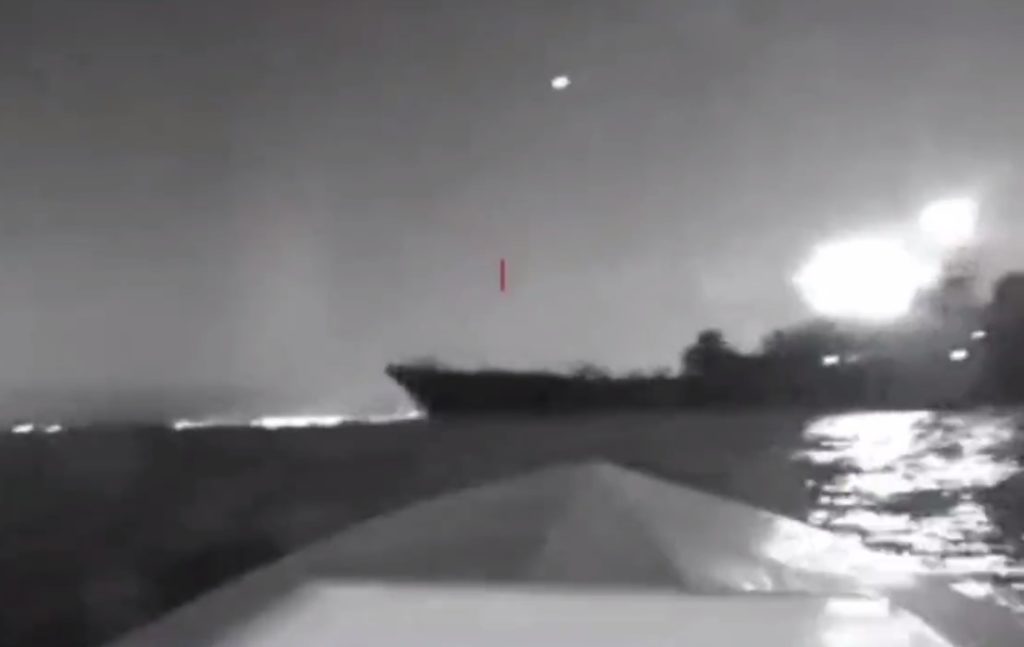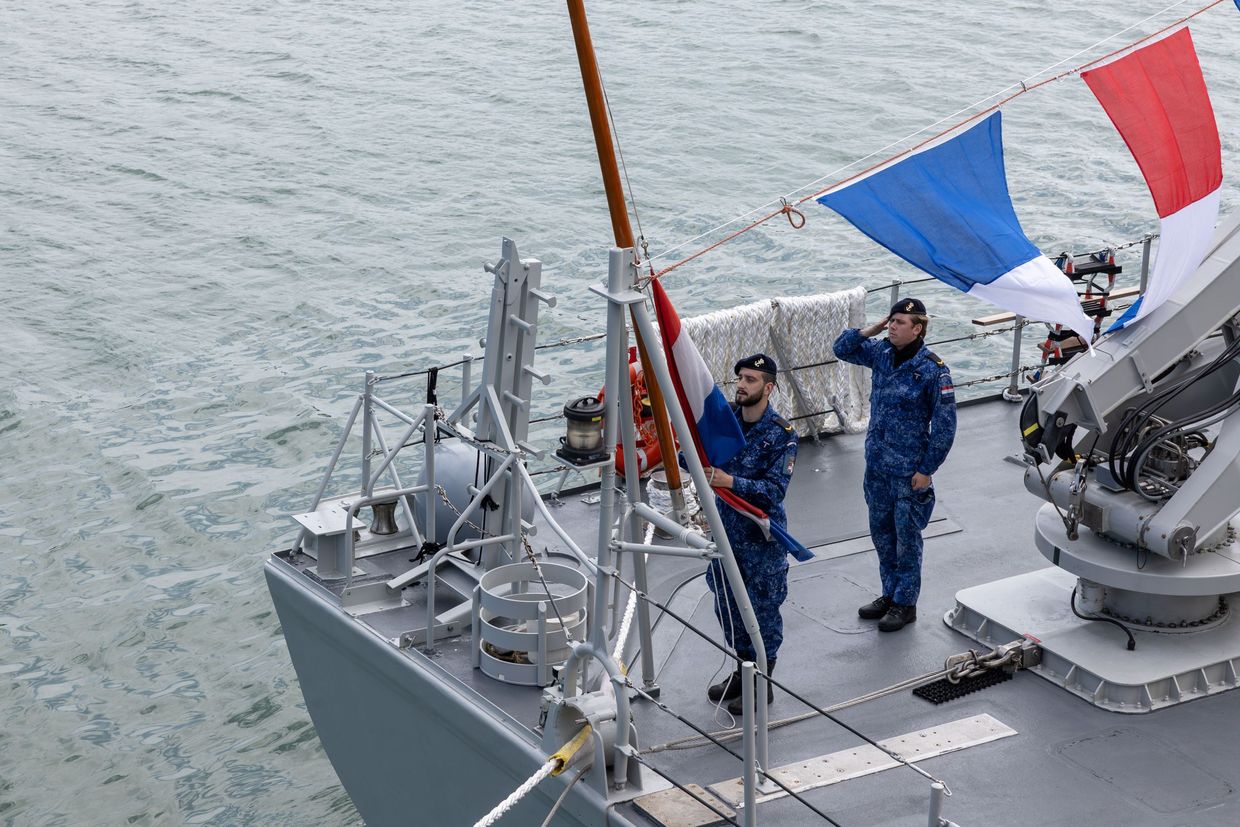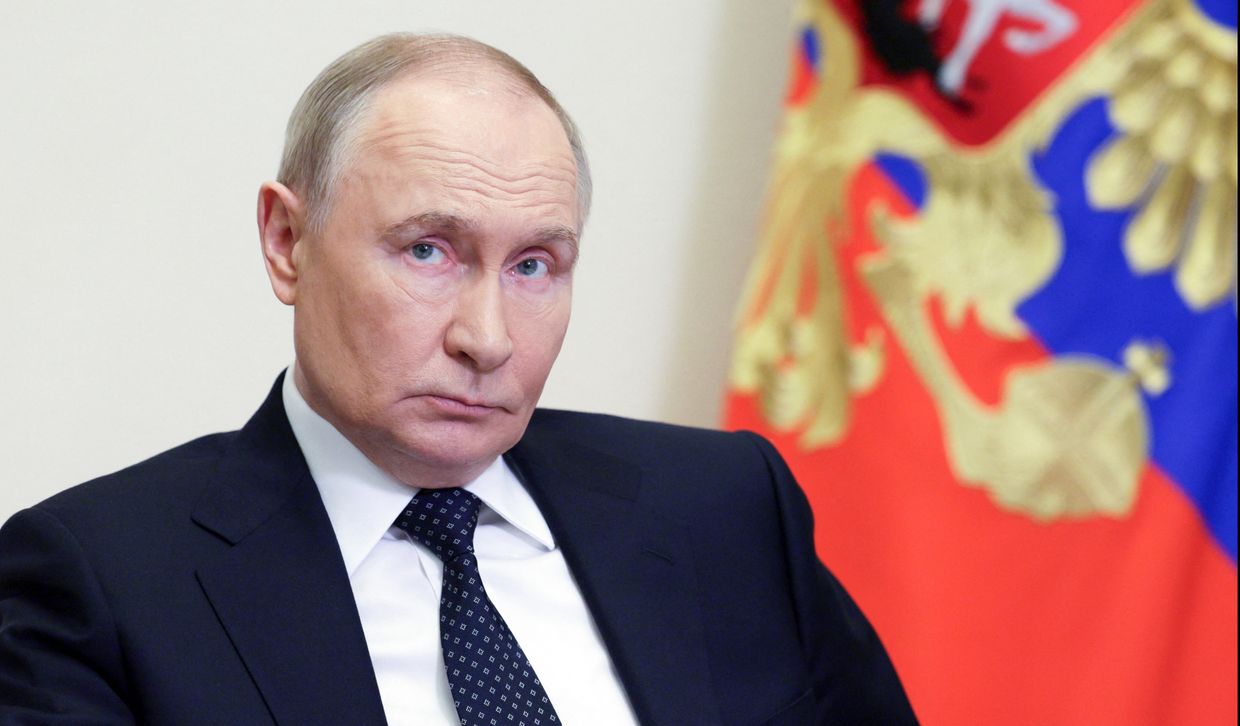Ukraine destroys Russian electronic warfare hub in occupied area of Black Sea, sets up Ukrainian flag

Ukrainian special forces landed on a Russian-controlled island in the Black Sea on 28 July night and wiped out the entire garrison without any Ukrainian casualties.
The target? Tendrivska Spit, a 65-kilometer sliver of land jutting into the Black Sea near occupied Kherson. Why this particular piece of sand and scrub?
The Russians had turned it into an electronic warfare hub. Ukraine’s Main Intelligence Directorate says their commandos destroyed a “Zont” jamming complex and a “Rosa” radar station along with the troops manning them.
Here’s what makes this operation notable: Tendrivska Spit sits in contested waters where both sides have been trading blows for months. The narrow island—barely 1.8 kilometers wide at its broadest point—gave Russian forces eyes and electronic ears across a significant chunk of the northern Black Sea.
Not anymore. Ukrainian intelligence released footage showing their blue and yellow flag flying over the position.
Ukraine captures strategic island in the Black Sea after eliminating the entire Russian garrison in a daring nighttime raid — Ukraine's intelligence.
— Euromaidan Press (@EuromaidanPress) July 30, 2025
The special forces assault on Tendrivska Spit destroyed sophisticated Russian electronic warfare equipment—including a "Zont"… pic.twitter.com/88rs6vhbfo
How did they pull it off? The operation relied on boats funded through a private initiative called “Boats for HUR,” run by the Ukrainian Diana Podolyanchuk Charitable Foundation. International donors helped pay for the watercraft that carried the assault team to their target.
The timing matters. Ukrainian forces have been systematically targeting Russian positions on isolated islands and coastal areas, using their advantage in small boat operations. Each successful raid forces Russia to commit more resources to defending scattered outposts.
Can Russia replace what they lost? The electronic warfare equipment destroyed in the raid represents sophisticated gear that takes months to produce and deploy. The radar station gave Russian forces advance warning of Ukrainian naval movements—a capability now gone.
The operation signals Ukraine’s growing confidence in conducting amphibious raids deep behind Russian lines. Previous strikes hit Zmiinyi (Snake) Island and other Black Sea positions, but Tendrivska Spit sits closer to the Ukrainian mainland, suggesting expanded operational reach.







